Contact: ecc11-org (at) nonlineaire.univ-lille1.fr
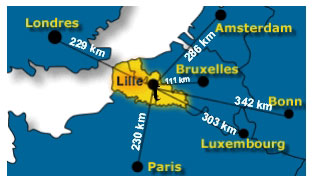
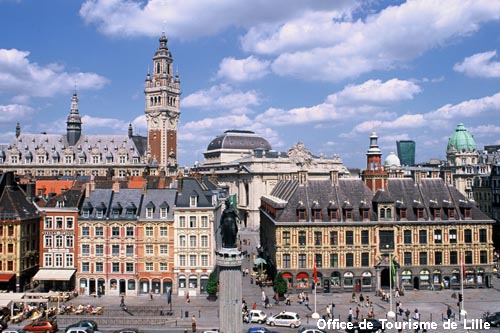
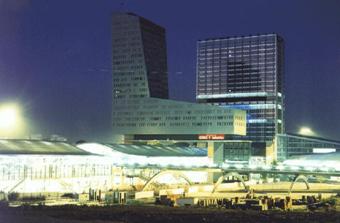
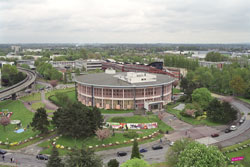
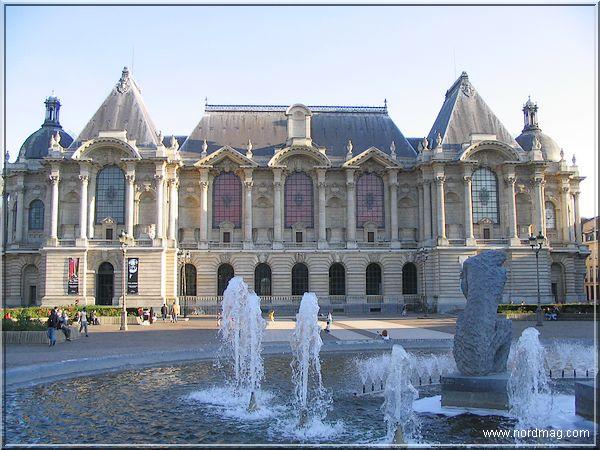
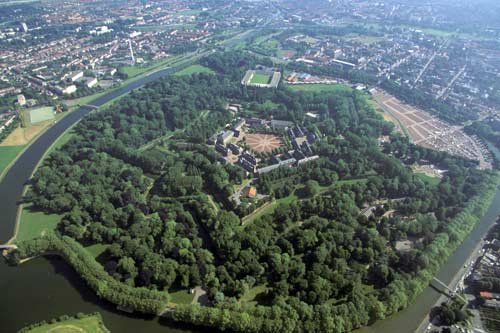
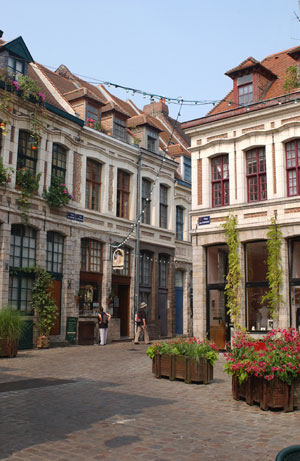
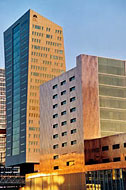
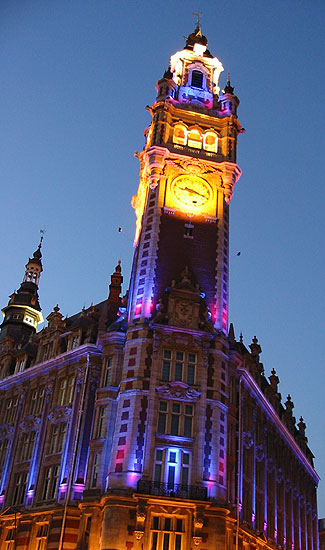
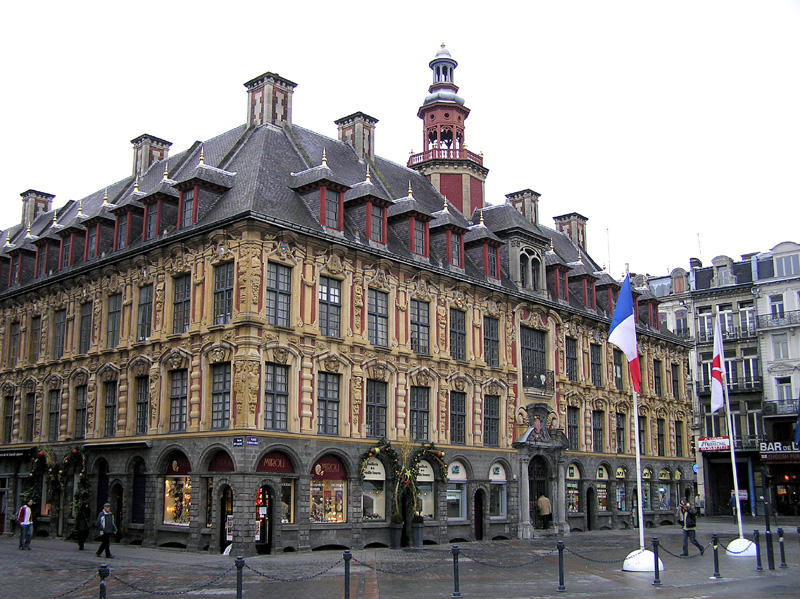
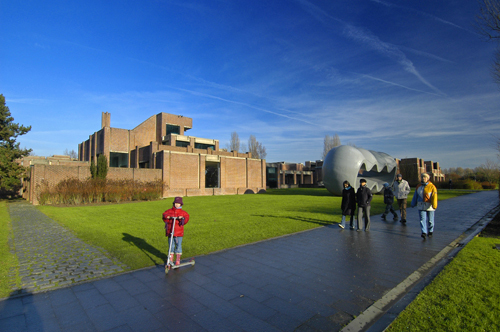

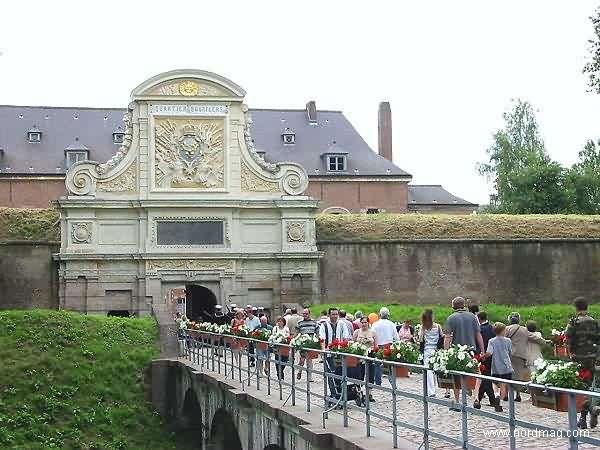
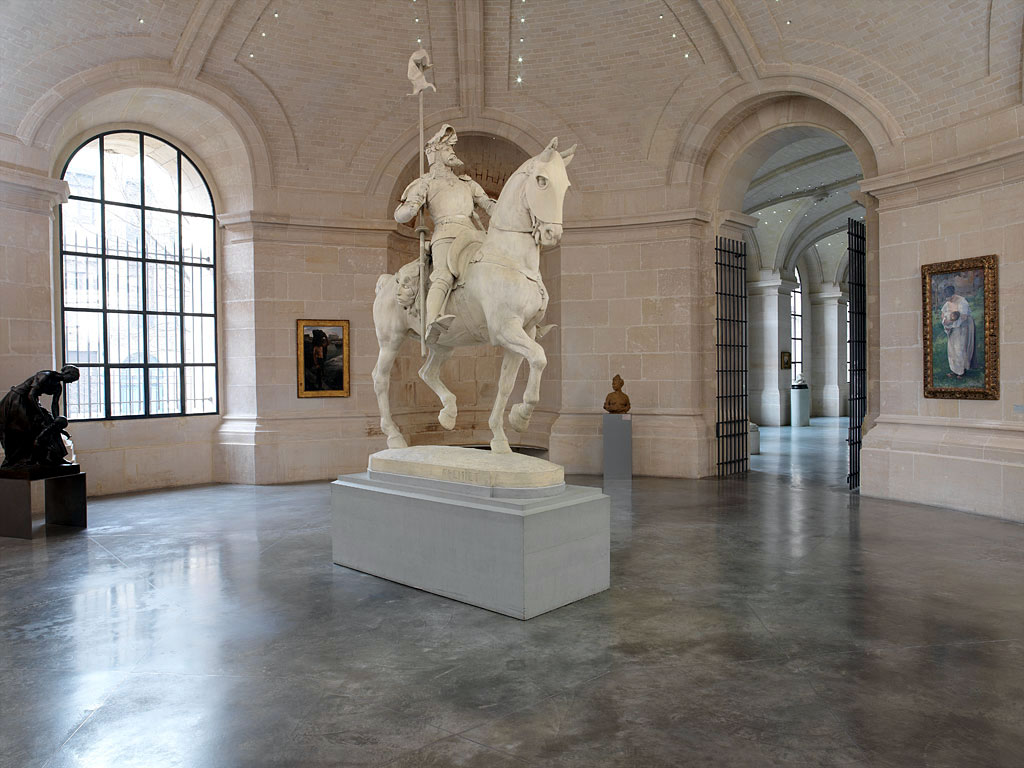
The city of Lille
More than one thousand year old, the city of Lille, capital of northern France, is the core of the fourth largest urban area in France with Paris, Lyon and Marseilles. Once the center of a industrial region devoted to mining, textile (cotton, wool), metallurgy and chemistry, Lille is quickly becoming a major european city and a busy business place with Paris, London et Brussels less than 90 minutes away by train. European Capital of Culture in 2004, Lille attracts many tourists which fall under the charm of its lively atmosphere and of its old town, mostly dating from the 17th and 18th centuries, with some buildings going back to the 15th century.
A short History
The oldest written mention of Lille in archives dates back to the beginning of last millenium, when the city began to expand, but there is archeological evidence that the area has been inhabited since prehistoric times. The area was part of the Belgian Gaul inhabited by the Nervii, a tribe of germanic origin described by Julius Caesar, who fought for four years in Northern France and Belgium, as the "bravest of all gauls". As for the name, tradition has it that L'isle (also L'isla or insula, island in latin) was the name of a castle built on a piece of dry land in a marshy area, where Lydéric, first count of Flanders, settled in 640.
Tournai (Belgium), capital of the frankish kingdom that eventually gave birth to France, is only 30 kilometers away. However it is only in 1667 that Lille finally became part of France, after knowing many rules. It was besieged and put into flames by King of France Philippe Auguste in 1213, one year before the famous battle of Bouvines (5 km away from Villeneuve d'Ascq). Rebuilt by Countess Jeanne of Flanders, Lille was besieged again by french King Philippe le Bel in 1297 and was under french rule from 1304 to 1369, during which Flanders were a strategic location in the Hundred Years's War between England and France.
In 1369, Lille and the county of Flanders became part of the mighty Duchy of Burgundy, Lille being one its three capitals with Dijon and Bruxelles (what remains of Rihour Palace dates back to this time). At the death of the last Duke of Burgundy in 1477, his daughter married Maximilian of Austria who became count of Flanders. Lille was thus part of the Holy Roman Empire until the abdication of Charles V in 1556, and of the spanish Kingdom thereafter, until 1667 where the french Sun-King Louis XIV laid siege to Lille. After that, it was occupied by the Dutch in 1708-1713, besieged by Austrians during the french Revolution, and occupied by the Germans in 1914 and 1940.
With such a complex history and all the prints left here, all attendees should feel at home...
A few highlights
 | Général de Gaulle square (a.k.a. main square or goddess' square), with the Old Exchange on the right. The Beffroi tower and the Opera (behind the Old Exchange) can also be seen. |
 |
The Old Exchange ("la vieille bourse"), built around 1650. |
  |
The Beffroi tower of the Chamber of Commerce and Industry at night (left) and "Place aux oignons" (onion square) in old town (right). |
 | The Palace of fine arts of Lille, built in the 19th century, is the second one in France for the diversity of its collections, after the Louvre in Paris. It collects european works from the 12th to the 20th century and has on display paintings from Rubens, Van Dyck, Goya, Delacroix, Raphael,... An interesting visit is the hall of relief maps from the 18th century which shows large-scale models of several fortified towns of northern France. |
 | Lille also hosts ``the queen of citadels'' according to the famous engineer Vauban, who built it in 1670 among so many fortified places in France and elsewhere. The famous musketeer d'Artagnan has been one of its governors. More interestingly for scientists, it is also the birth place of Jean Perrin, who won the Nobel prize in Physics for his work on Brownian motion. |
 | The museum of modern art in Villeneuve d'Ascq (4 km away from the campus) was created 25 years ago to host an exceptional collection, given to the city of Lille by a rich local family. It contains works from many known artists from the first half of the 20th century, such as Modigliani, Picasso, Miro, Braque, Laurens, Léger, ... It is currently closed for extension works. When it will reopen in 2010, it will also shelter the largest collection of raw art in France. |
 | Inside the new Euralille district, Lille Europe international train station at night, with the Crédit Lyonnais Tower (a.k.a. "Ski shoe"), designed by Pritzker Prize-winning architect Christian de Portzamparc. No two edges are parallel, which probably makes it nonlinear and suggests some interesting wave chaos behavior... |
 | The library of Université Lille 1 is the center of the campus. On the left, an aerial section of subway line 1 can be seen. It goes to Lille downtown and to train stations in 10-15 minutes |
See also on the Lille tourist office site: the Goddess, the Grand Garde, the Opera House, the Chamber of Commerce, Beauregard row, Notre-Dame de la Treille Cathedral, The Town Hall and its belfry, the Old Paris gate, the Citadel, the P'tit Quinquin statue, the Coilliot House, Euralille,...